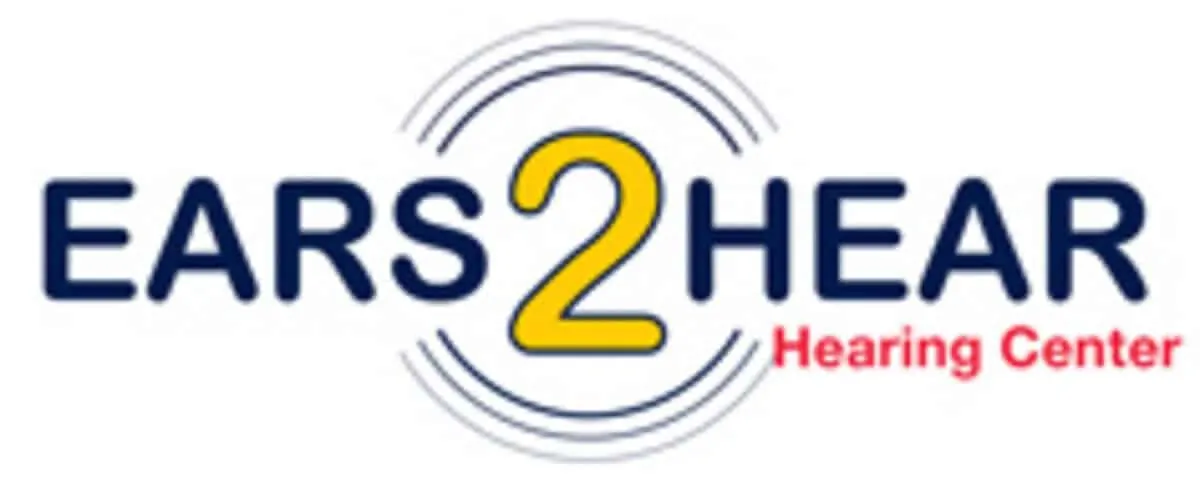You may have noticed a decrease in your hearing and are curious about what happens at a hearing test. The procedure is painless, simple and involves a hearing test as well as a physical examination of your ears. This is a step by step guide on what you can expect.
MEET THE AUDIOLOGIST
Your audiologist will consult with you before any examination. The consultation will include a review of your health and discuss any concerns. The audiologist will ask you if there are any earaches, if you have had ear infections in the past and if your exposure to noise has affected your hearing. The consultation will also include a discussion about your family’s medical history. Before you meet, make sure to check your insurance policy to confirm that it covers the consultation.
A EXAMINATION OF YOUR EARS
To examine your ear canal, the audiologist uses an otoscope (a hand-held tool) to inspect it. This is done to check for signs of infection, earwax damage or any other issues.
THE HEARING TESTS
A minimum of two hearing tests will need to be performed. Sometimes additional tests may be required. The first test measures how well you can hear different tones. With headphones on, you are asked to sit in a soundproof booth. You will hear different sounds in each ear. These sounds can be heard at different volumes and pitches. The hearing aid specialist then determines if there has been any hearing loss. The speech test is the second. Listen for soft spoken words and then repeat them.
THE RESULTS
The audiologist will then show you an audiogram. This chart shows any hearing loss. The audiogram will show you the normal range of your hearing and areas where you have trouble hearing. Many people experience hearing loss in the higher frequencies and/or at lower volumes. Hearing aids may be an option. Your audiologist can discuss all options to improve your hearing.
A SECOND CONSULTATION
Your audiologist will ask questions about your life if the results suggest that you might benefit from hearing aids. Are you a fan of outdoor activities? Perhaps you work in noisy environments or spend a lot of time on the phone. You might enjoy attending concerts or other public events. These questions will help you choose the right device for you, and what budget is best.
THE HEARING AID FITTING
The type of hearing aid you choose will determine the fitting. Some people can be fitted in one appointment, and then leave with their new hearing aids. Some people may need a custom-fitted earpiece. Your audiologist may need to take an ear impression in order to make an ear mold. Once the units have been manufactured, the impression will be sent to the manufacturer.
Knowing what happens during a hearing exam will make you less nervous and better able to take control of your hearing health.

Recent Comments